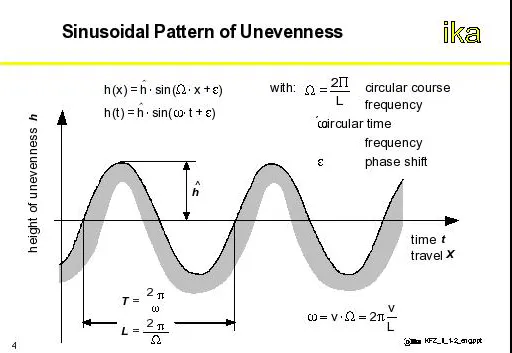Support and Resistance
Support is a "look back" function because
price "found" support
Resistance is a "look back" function because
price "found" resistance
As price approaches these areas where potential support & potential resistance exist, we can use our tools to seek out signals that price is getting supported or that price is hitting resistance.
Support and Resistance are a "past tense" logic, they only exist afterwards. Until they are "proven" they are only potential support and potential resistance.
Swing High / Swing Low
Creates a Pivot
Has two lower highs on each side
Evaluating a Swing High / Swing Low
High trading volume (implies strong resistance)
Low trading volume (implies weak resistance)
On the Bid
Increased order size above the pivot (supply is beyond the pivot)
Decreased order size (lack of supply beyond the pivot)
On the Ask
Increasing order size under the current price (indicates growing supply)
Decreasing order size under the current price (indicates fading supply)
Large Orders (Time & Sales)
Large orders should move price
(a lack of movement implies that the supply is still very dense)
Small orders should not move price
(large movement on small orders implies a lack of supply)
Standard Swing High / Swing Low
Swing High
In the picture above are classic examples of a Swing High / Swing Low formation. The Steps to identify a Swing pattern are:
1.) Find the peak candle
2.) Mark the two candles before as -2 & -1
3.) Mark the two candles after as 1 & 2
When working with pivots, support & resistance, supply & demand, trend up, trend down, and range, one thing that you'll recognize is "swings" come with a center-point or mean - and while the picture below is a wave range, we find these swings in an up trend wave range and a down trend wave range as well.
For the Nerds - wave range sideways
NON Standard Swing High / Low
In the picture below we have classic examples of a non-standard swing high / swing low. The steps to mark this are
1.) Find the peak candle
2.) Mark the two candles before as -2 & -1
3.) Mark the two candles after as 1 & 2
The non-standard swing high is formed when the high of the four candles are lower than the high of the zero peak candle (but not in a sequential order).
Non Standard Swing High / Swing Low
Review
Swing High / Low
Complex Swing High / Low
Non-Standard Swing High / Low
Non-Standard Complex Swing High / Swing Low
DBR similar to Swing Low
To recognize a complex non-standard swing high, follow the same three-step rules for determining a swing high, but at step one, combine the multiple Peaks and the candles between them together, to form a single peak.
The steps 2 and 3 are the same,
And the High of the four candles before and after, should be lower than the High of the Peak candle. That is, regardless of the order of candles.
Swing Low = DBR
Notice the images above for the "swing low" are also images of RBR or Drop - Base - Rally as shown in the picture above? While the "base" in the DBR picture is more pronounced to get the point across - the outcome is still the same.



